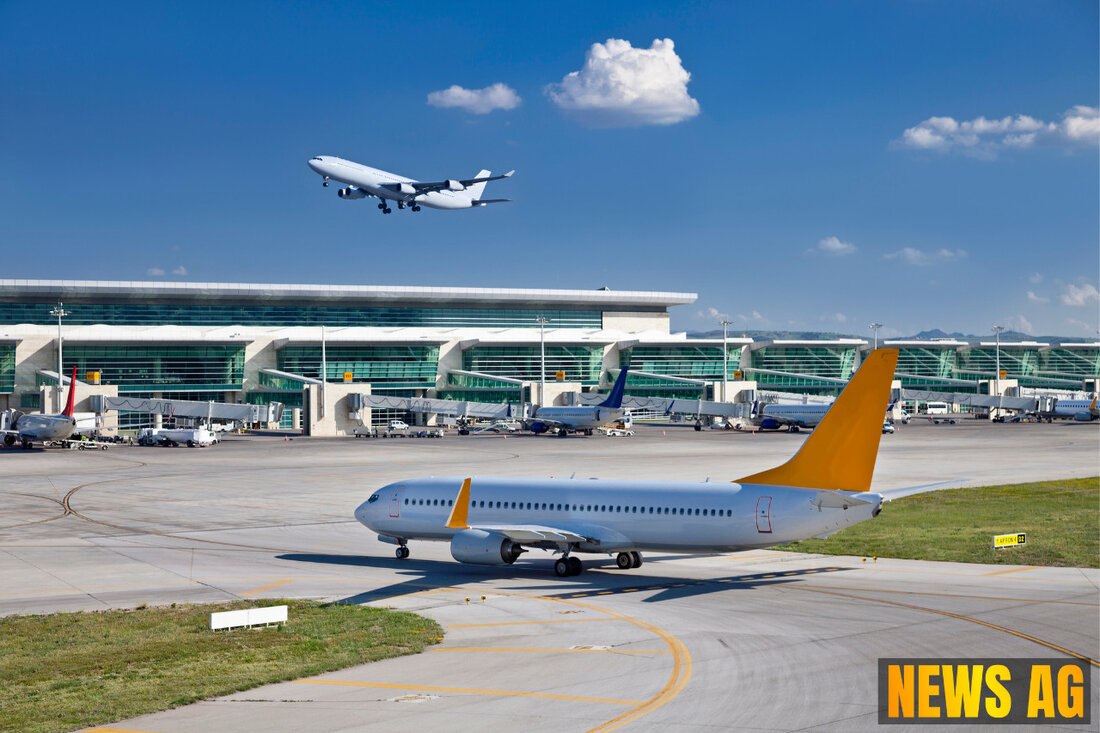Spirit Airlines Files for Bankruptcy Again: Impact on Fort Lauderdale's Future
Spirit Airlines, Broward County's largest employer, faces bankruptcy again, impacting Fort Lauderdale flights and local tourism.

Spirit Airlines Files for Bankruptcy Again: Impact on Fort Lauderdale's Future
Spirit Airlines has once again found itself in turbulent skies, filing for bankruptcy protection just five months after emerging from a prior restructuring. Based in Dania Beach, the airline is not only the largest carrier at Fort Lauderdale-Hollywood International Airport (FLL) but also one of Broward County’s most significant employers. This latest filing highlights the precarious state of the airline, which serves about one in three travelers at FLL and plans to operate non-stop flights to 70 cities this winter, as reported by Boca Raton Tribune.
Spirit’s previous attempt at a comeback in March was thwarted by a series of challenges, including rising costs, a soft domestic demand, and engine recalls, paired with an unsuccessful merger bid with JetBlue. The airline’s CEO, Dave Davis, acknowledged these setbacks, stating that the prior restructuring didn’t provide the much-needed stability. To put things into perspective, after forecasting a profit of $252 million, Spirit reported a significant loss of $257 million from March to June.
Current Challenges Ahead
The airline industry as a whole is facing a rocky road. According to recent insights from J.P. Morgan, the sector remains volatile as passenger demand fluctuates. Coupled with falling passenger numbers in business travel and increasing operational costs, the outlook for airlines including Spirit is concerning. The competitive landscape has intensified with Frontier Airlines announcing 20 new routes aimed directly at Spirit’s dissatisfied customer base.
Spirit’s plans to tighten its belt involve not just shrinking its fleet but also cutting back on flight offerings, particularly in markets like Orlando, Las Vegas, Atlanta, and Chicago. This could considerably impact tourism and local businesses reliant on visitor traffic, as fewer flights out of Fort Lauderdale become inevitable. Essential destinations may also see reduced flight availability, a situation that has not gone unnoticed.
Financial Maneuvering
The airline’s parent company, Spirit Aviation Holdings, managed to emerge from its previous Chapter 11 filing after finalizing a debt restructuring plan. This plan, which the court approved last month, converted $795 million of Spirit’s debt into equity and secured a $350 million investment from existing investors. Despite this restructuring, the company faces a steep uphill battle to regain its footing in the competitive airline industry, where large players like Delta, Southwest, and American are also downgrading their revenue forecasts due to softening demand.
Spirit has also begun evolving from its traditional budget model to embrace upscale travel options with tiered pricing structures that appeal to a broader audience. This shift includes the introduction of bundled fares that feature more amenities, like larger seats and free internet service, which could potentially attract a different segment of travelers looking for value.
Looking to the Future
As Spirit Airlines navigates these choppy waters, some interesting trends emerge in the broader travel landscape. For instance, even amid rising recession risks, short-haul flight demand remains strong, with low-cost carriers like Ryanair experiencing positive trends. In the U.S., inbound passenger numbers from Europe rebounded in April, hinting that international travel demand isn’t evaporating, even if premium travel remains more resilient compared to economy travel.
With airlines now more diversified than ever compared to the aftermath of the Global Financial Crisis, the future holds both promise and uncertainty. Despite recent fluctuations in passenger preferences, Spirit Airlines is left grappling with a critical juncture that could either spell recovery or further decline.

 Suche
Suche
 Mein Konto
Mein Konto